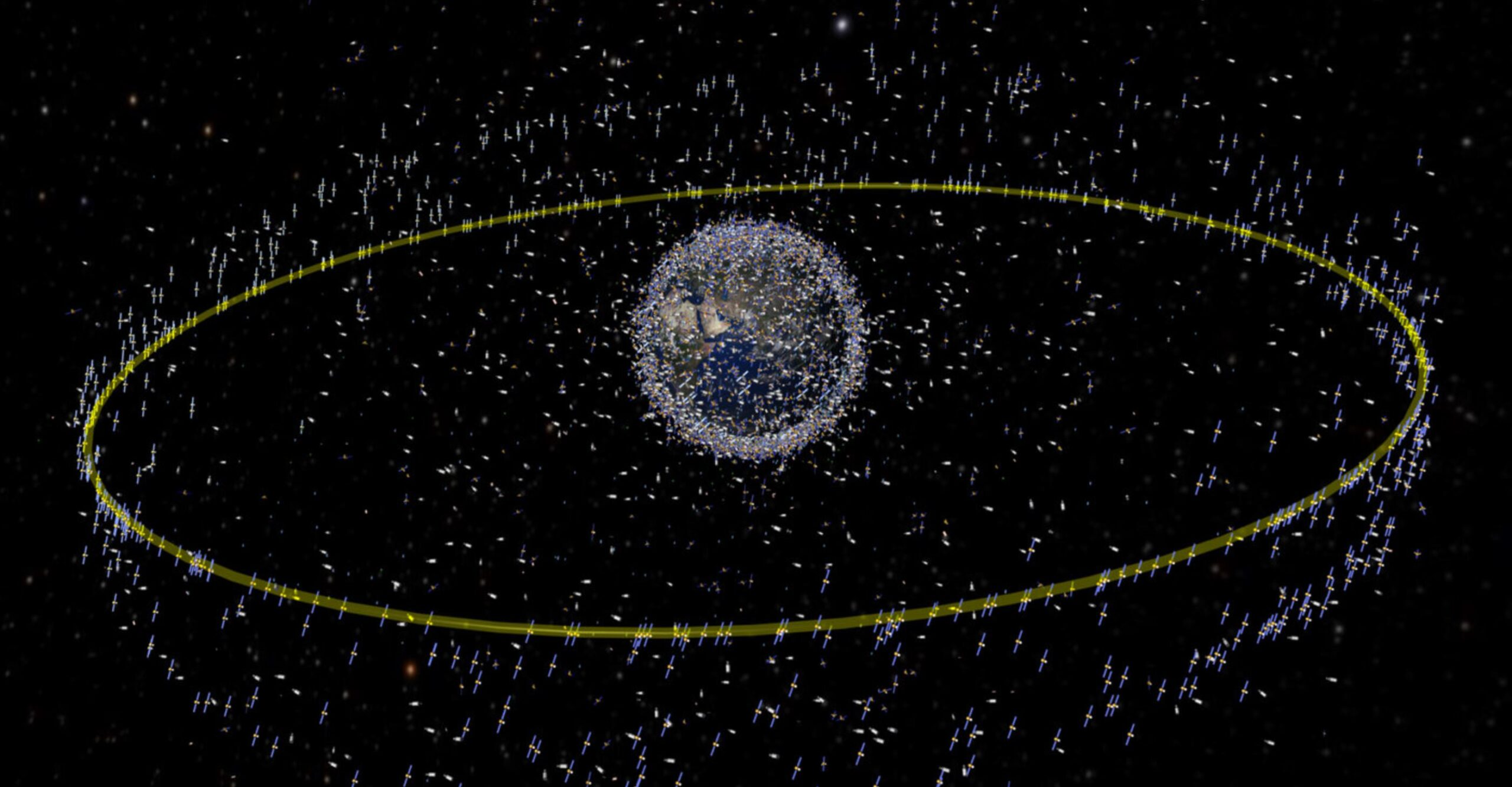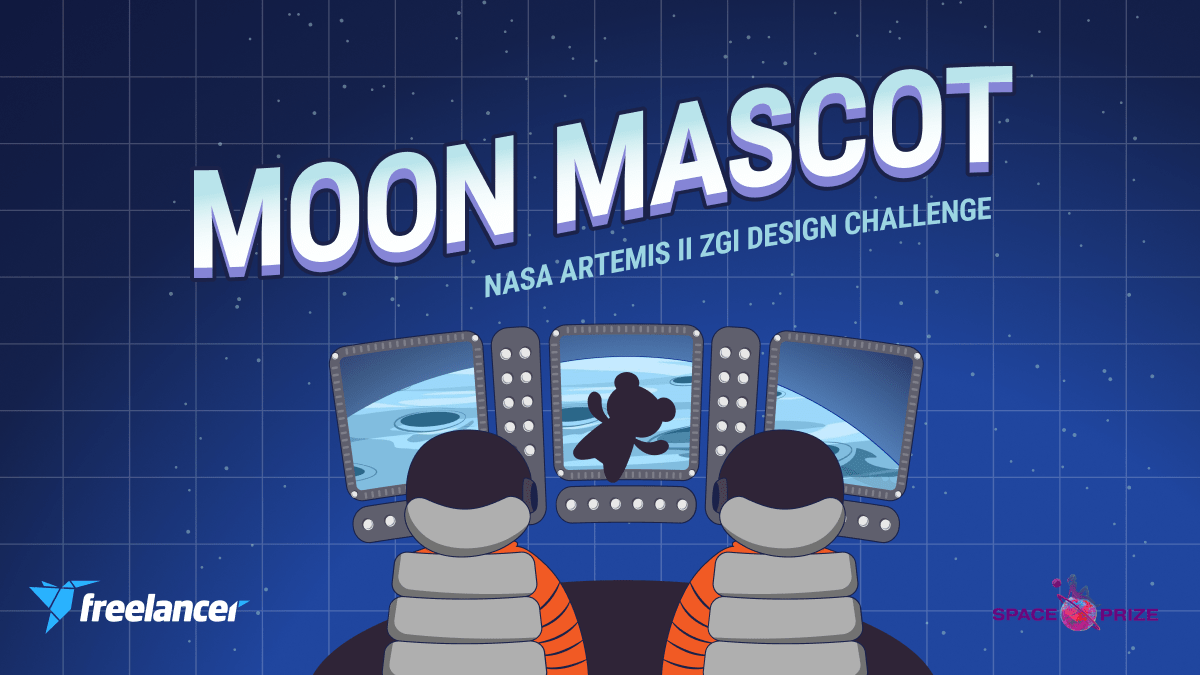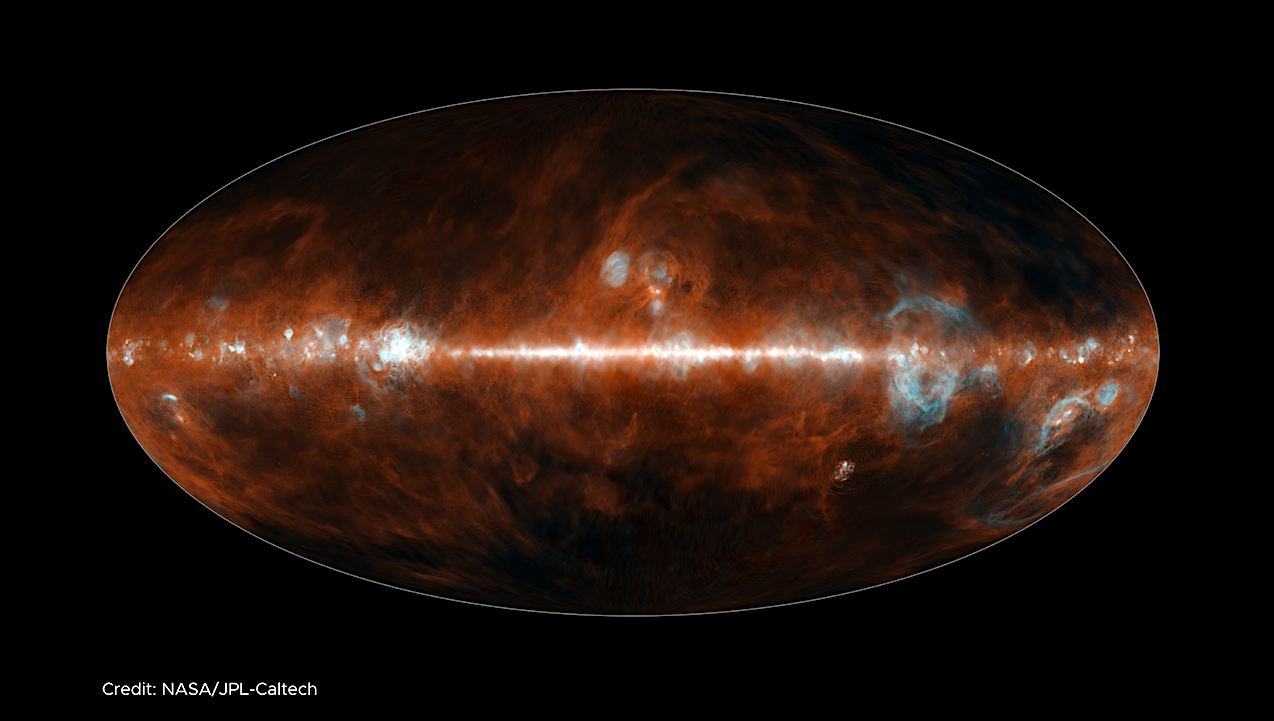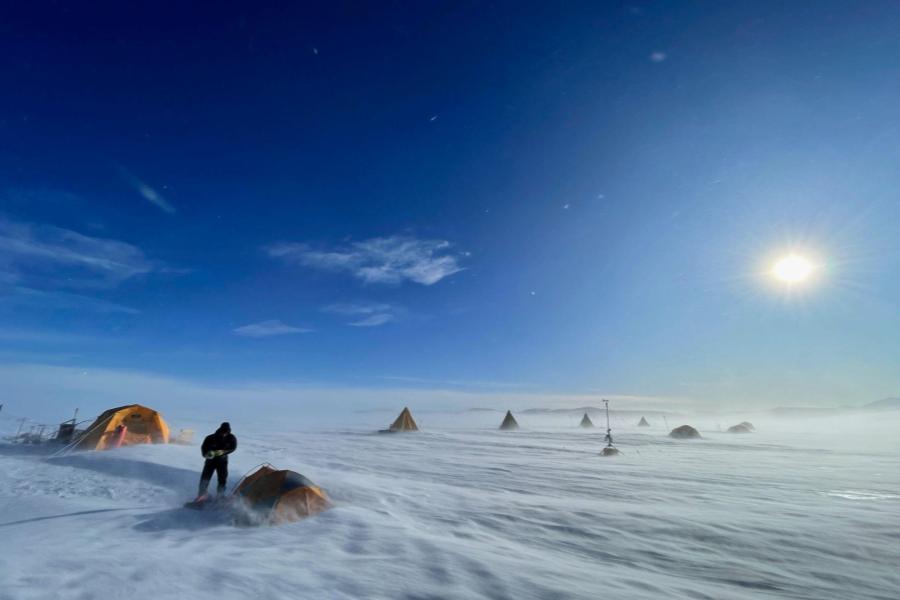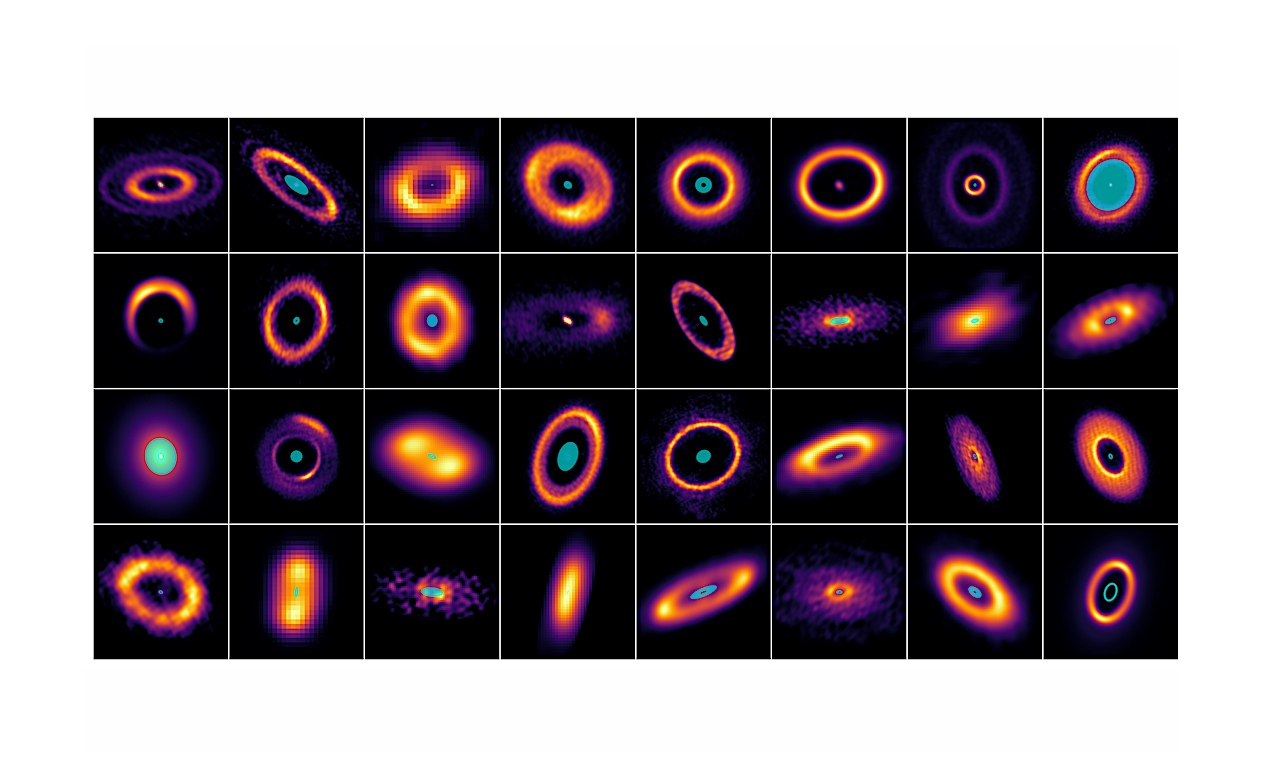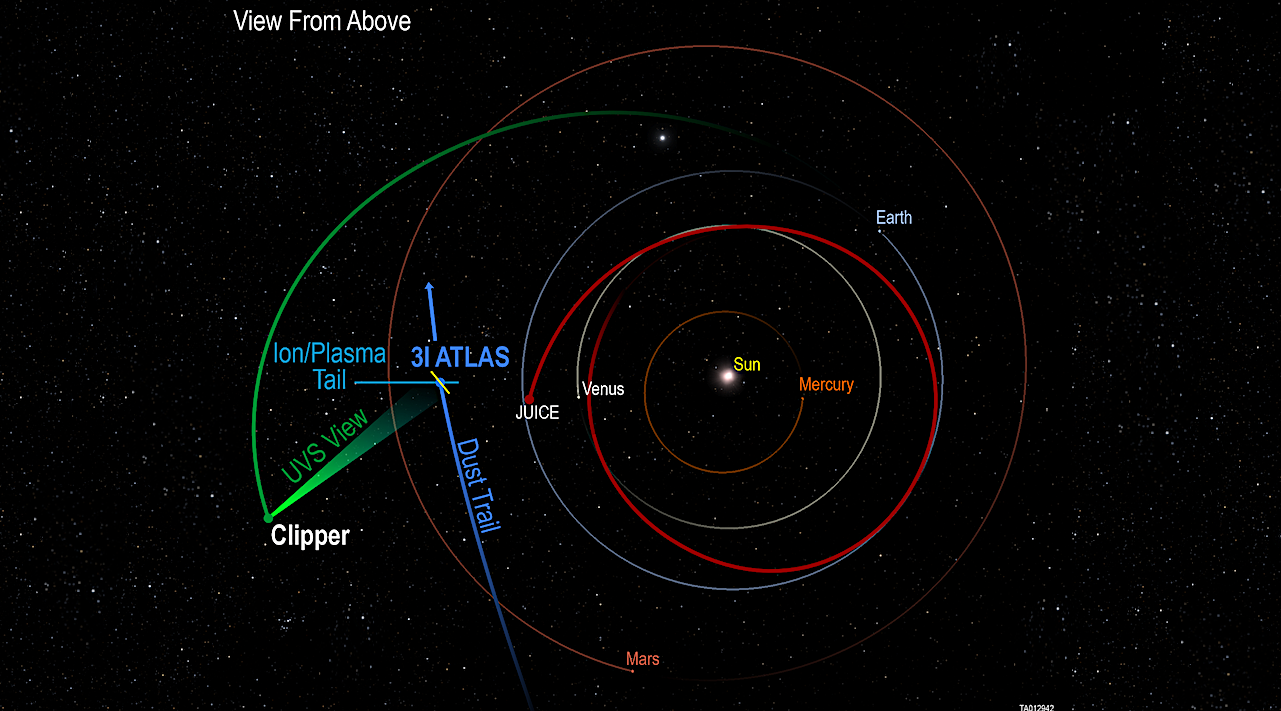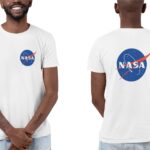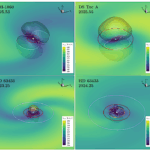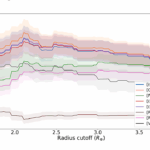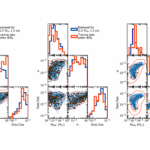A recently issued Executive Order revises how the government implements Space Policy Directive-3, removing the longstanding expectation that basic space situational awareness (SSA) services, including conjunction warnings, would be provided
4 min read Preparations for Next Moonwalk Simulations Underway (and Underwater) A graphic for the Moon Mascot: NASA Artemis II ZGI Design Challenge. Freelancer Whose Moon Mascot design will join
WASHINGTON — A joint venture between Germany’s Rheinmetall and Finnish synthetic aperture radar satellite maker Iceye has secured its first major contract, agreeing to operate a space-based surveillance constellation for
An overhead view of Aerospace’s DiskSat during launch preparations. Image: Rocket Lab A Rocket Lab Electron rocket launched four novel satellite buses minutes after midnight from Virginia on Thursday. The
This image features only the wavelengths emitted by the prominent red clouds of a type of cosmic dust known as polycyclic aromatic hydrocarbons (PAHs), and bubbles of hydrogen gas (blue).
Several tents on the icy ground with a clear blue sky and shining sun. The NSF COLDEX camp during a storm in December 2022, Allan Hills, Antarctica. Photo Credit: Peter
The light curves from the NIRSpec G395H observations of TOI-1685, with the five visits shown chronologically from left to right. Top panel: raw, undetrended light curves at wavelength resolution
The lines of defence that cyanobacteria use against UVR. EPS—exopolysaccharides, CAT—catalase, SOD—superoxide dismutase, GR—glutathione reductase, Car—carotenoids, MAAs—mycosporine-like amino acids, and Scy—scytonemin. — International Journal of Molecular Sciences One of the
A collage of 32 glowing discs on a black background. Each disc shows concentric rings in vivid colours: purple, orange, and yellow, with bright cyan centres. The discs vary in
The Southwest Research Institute-led Ultraviolet Spectrograph (UVS) aboard NASA’s Europa Clipper spacecraft made valuable observations of the interstellar comet 3I/ATLAS during a period when it was difficult to observe from
-
 01From Polymerization-Enabled Folding and Assembly to Chemical Evolution: Key Processes for Emergence of Functional Polymers in the Origin of Life
01From Polymerization-Enabled Folding and Assembly to Chemical Evolution: Key Processes for Emergence of Functional Polymers in the Origin of Life -
 02Panasonic Leica Summilux DG 15mm f/1.7 ASPH review
02Panasonic Leica Summilux DG 15mm f/1.7 ASPH review -
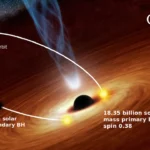 03Two Black Holes Observed Circling Each Other for the First Time
03Two Black Holes Observed Circling Each Other for the First Time -
 04How New NASA, India Earth Satellite NISAR Will See Earth
04How New NASA, India Earth Satellite NISAR Will See Earth -
 05And Thus Begins A New Year For Life On Earth
05And Thus Begins A New Year For Life On Earth -
 06Astronomy Activation Ambassadors: A New Era
06Astronomy Activation Ambassadors: A New Era -
07SpaceX launch surge helps set new global launch record in 2024


